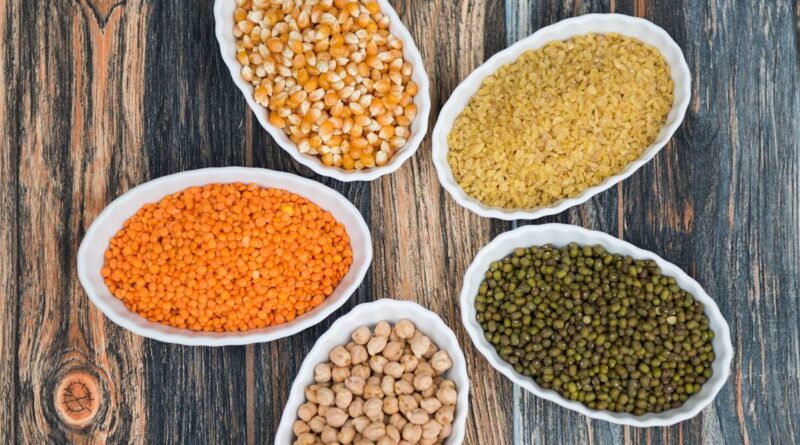Price pressures in pulses market declining: Govt
By Sandip Das
The government on Monday said that mandi prices of pulses have started to decline because of robust imports and uptake in kharif sowing.
Nidhi Khare, secretary, department of consumer affairs said there has been downtrend trend prices as imports have picked up while kharif crops will start arriving in the market by November. Retail inflation in pulses have been in double digits since June, 2023 because of lower output of key varieties of pulses like chana, tur and urad.
“With domestic tur and urad production looking promising and increased pulses imports, the pulses prices are expected to be stable in the coming months,” she said at a briefing. At 12.62 million hectare, area under kharif pulses such as tur, urad and moong has been up 7.58% on year till now.
As reported by FE earlier, the government has also ramped up sales of onion in the both wholesale and retail markets from its buffer to curb its prices.
Khare said the government agencies – Nafed and NCCF– have started to offload onions from its buffer stock in wholesale markets of Delhi and other key cities, with plans to expand subsidised retail sales countrywide.
Meanwhile, the gram split variety of pulses reported the highest price rise of 21.65% last month while the government is aiming to import about 0.2 million tonne (MT) and 1 MT of desi chana or bengal gram from Tanzania and Australia in the next couple of months aims at improving domestic supplies of chana.
In addition, around 2.1 MT of yellow peas used as substitute for chana, which has a 50% share in pulses production, has been imported duty free. In December last year, the government allowed duty free import of yellow peas to boost supplies because of an estimated 5.62% decline in output to 11.57 MT in 2023-24 crop year compared to previous year.
Recently the government agencies started to sell onion at a subsidised rate of Rs 35/kg retail points across various parts of the country.
“We anticipated a price surge after lifting the export duty. With our 0.47 MT buffer stock and increased kharif sowing area, we expect to keep onion prices in check,” Khare said. She said that the area under kharif onion has been up 28% on year so far. Inflation in pulses rose to 113.6% in August, the highest in the food basket.
The government recently abolished minimum export prices (MEP) for onion and also reduced the export duty on the staple vegetable to 20% from 40% on robust kharif prospects.
A joint team consisting of officials from the agriculture and department of consumer affairs will be visiting key growing regions to assess the output of kharif onion for 2024-2025 crop year (July-June)
According to the agriculture ministry, output of onion in the 2023-24 crop year was estimated at 24.24 MT, a decrease of 20% compared to previous year. Retail inflation in onion was 54.04% in August on year because of lower production.
On edible oils, she acknowledged that there has been a rise in retail prices following recent hike in import duty, explaining the move was to protect domestic farmers. On the spike in tomato prices, Khare said the government would monitor trends and intervene if necessary.
This article has been republished from The Financial Express.

